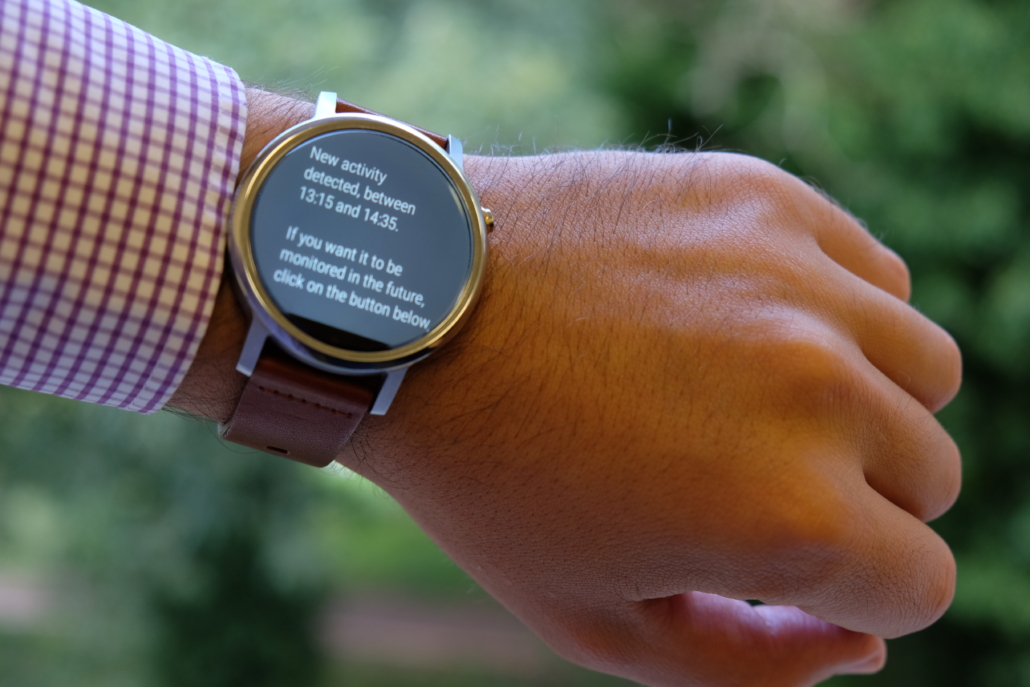
Smartwatch for patient monitoring
Researchers at the University of Sussex have invented a new algorithm that could revolutionise patient monitoring and activity tracking.
The new self-learning algorithm enables smartwatches to detect and record your every move, without being told beforehand what to look for. Current smartwatches can only recognise a limited number of predefined activities. In contrast, the new method enables the technology to discover activities as they happen.
"Current activity-recognition systems usually fail because they are limited to recognising a predefined set of activities, whereas of course human activities are not limited and change with time, said Dr Hristijan Gjoreski, a member of the team who programmed the new algorithm.
Traditional models ‘ cluster’ together bursts of activity to estimate what a person has been doing, and for how long. For example, a series of continuous steps may be clustered into a walk. Where they falter is that they do not account for pauses or interruptions in the activity, and, so, a walk interrupted with two short stops would be clustered into three separate walks. The new algorithm tracks ongoing activity, paying close attention to transitioning, as well as the activity itself "This new method for activity discovery paints a far richer, more accurate, picture of daily human life, said Dr Daniel Roggen, Head of the Sensor Research Technology Group. "As well as for fitness and lifestyle trackers, this can be used in healthcare scenarios and in fields such as consumer behaviour research."


 adobe.stock.com - Cathy
adobe.stock.com - Cathy freshidea / Adobe Stock
freshidea / Adobe Stock